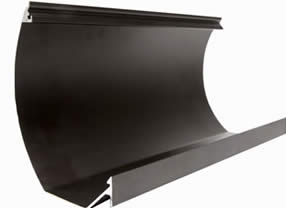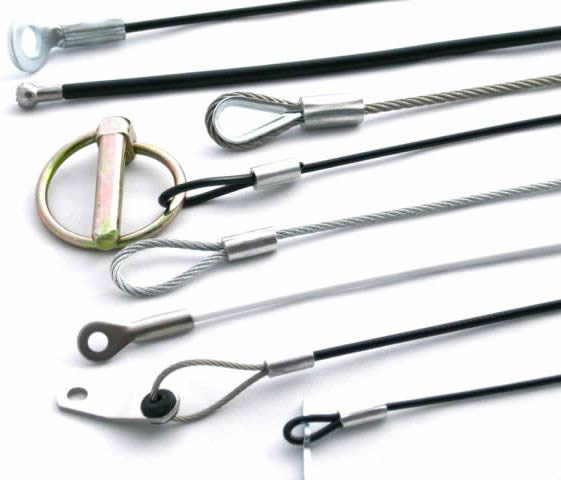Preceding sections have described the influence of the micro structure on strength and toughness using metallurgical mechanisms. Chemical and physical metallurgy can change microstructural characteristics so that optimum strength and toughness requirements may be obtained. By combining the various treatments it is possible to achieve a wide range of steel properties (Figure 13) :
- Chemical metallurgy treatments
Variation of the chemical composition of a steel by adding alloying elements aims to increase strength and/or increase resistance to brittle fracture. Solid solution hardening generally lowers toughness and is not widely employed.
Precipitation hardening also increases strength and decreases toughness. The addition of manganese and nickel produces a small increase in strength due to solution hardening but a more significant reduction is impact transition temperature due to grain refinement (Figure 14).
Alloying with the micro-alloying elements Niobium, (Nb) Vanadium (V) and Titanium (Ti) producing carbides and nitrides simultaneously raises strength by precipitation hardening and toughness by grain refinement. Decreasing the content of elements such as S and P improves the degree of purity, which has positive effects on toughness and weldability.
- Physical metallurgy treatments
The microstructure of a steel can be greatly affected by heat treatment or forming. Correctly chosen temperature, degree of deformation, time between deformation steps and cooling rate can reduce the grain size and control the state of precipitation, thus raising toughness and strength (Figure 15).
You might also like
| Fracture Mechanics Concepts The basis of a fracture mechanics safety... | Toughness Metals often show quite acceptable properties... | Rapidly Cooled Steels Formation of martensite and bainite Normalising... | Fracture Toughness Fracture mechanics provides a quantitative... |








 Alloy Suppliers
Alloy Suppliers
 Aluminum
Aluminum
 Aluminum Extrusions
Aluminum Extrusions
 Copper-Brass-Bronze
Copper-Brass-Bronze
 Nickel
Nickel
 Magnets
Magnets
 Stainless Steel
Stainless Steel
 Stainless Steel Tubing
Stainless Steel Tubing
 Steel Service Centers
Steel Service Centers
 Titanium
Titanium
 Tungsten
Tungsten
 Wire Rope
Wire Rope